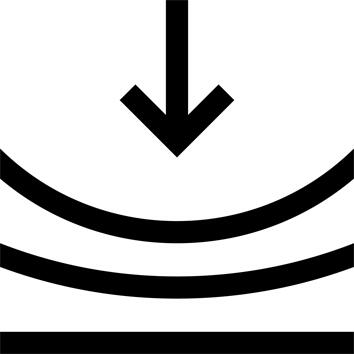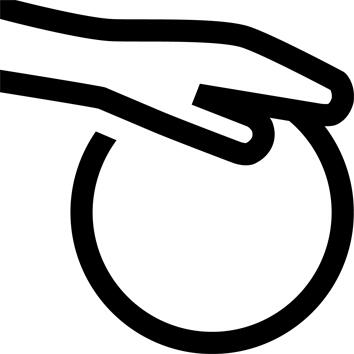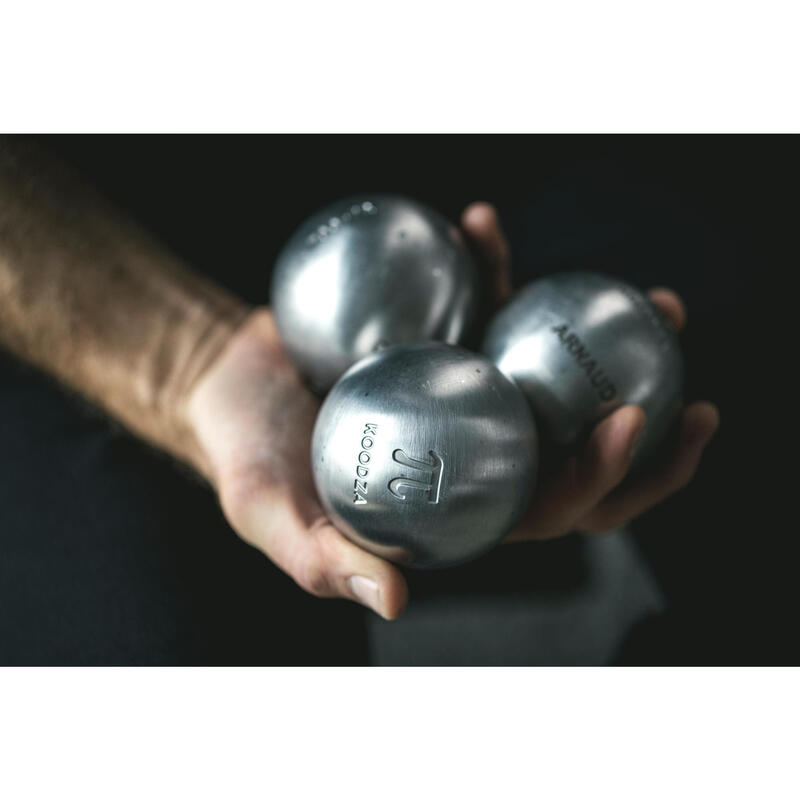AVAILABLE SIZES
Diameter and weight variations:
- 72mm - 680 g / 700 g
- 73mm - 680 g / 700 g
- 74mm - 680 g / 700 g
- 75mm - 680 g / 700 g
- 76mm - 700 g
HARDNESS
DEMI-TENDRE stainless steel pétanque ball
AMORTI
The heat treatment used provides optimum cushioning for this stainless steel ball.
MACHINING OF INNER SHELLS
The half-shells have been machined on the inside before assembly to remove any residual metal and ensure identical thickness. This process greatly improves ball balance in play.
How to choose the right pétanque balls?
Choose the pétanque boule that's right for you based on several criteria.
Your type of game (pointer, shooter, middle) will determine:
- the quality of bounce you're looking for (hard, 1/2 soft, soft or very soft boule)
- the weight of your boule (heavier for pointers and lighter for shooters)
The size of your hand will determine the diameter of the boule.
What does the hardness of a pétanque ball mean?
Ball hardness is expressed in ROCKWELL HRC units or in kg/mm². For example, 39 HRC corresponds to 124 kg/mm². The higher the number, the harder the ball. The harder the ball, the less damage it suffers, but the more it bounces, and vice versa. A regular player who uses soft balls should consider changing them regularly to maintain their playing qualities.
How are KOODZA competition-approved boules made?
Our competition boules are hollow. Here are the stages in our manufacturing process:
- A slab of steel heated to +/- 1000°C is flattened, then stamped or forged to shape a 1/2 sphere.
- These 1/2 spheres are then machined on the inside, welded and turned to obtain the spherical shape.
- The boule is engraved, baked and then soaked in baths that determine its hardness.
- Finally, it is polished or varnished and checked.
How to care for pétanque boules?
At the end of each game, remove the dust with a clean cloth. Once a month, oil the boules to prevent rust. Regular maintenance will prolong the life of your pétanque boules, while preserving their playing qualities.







